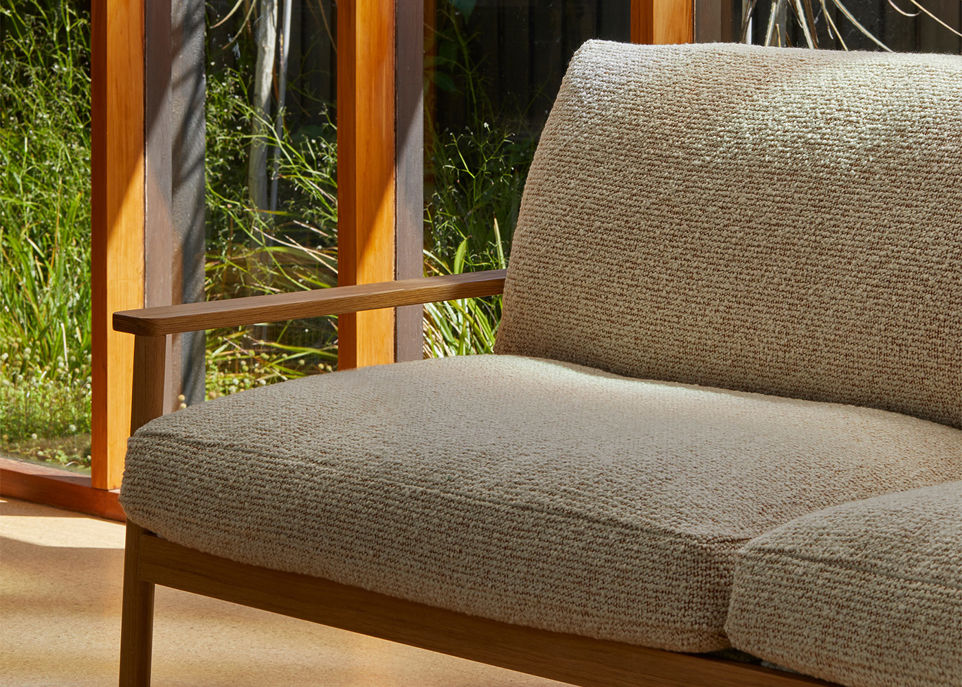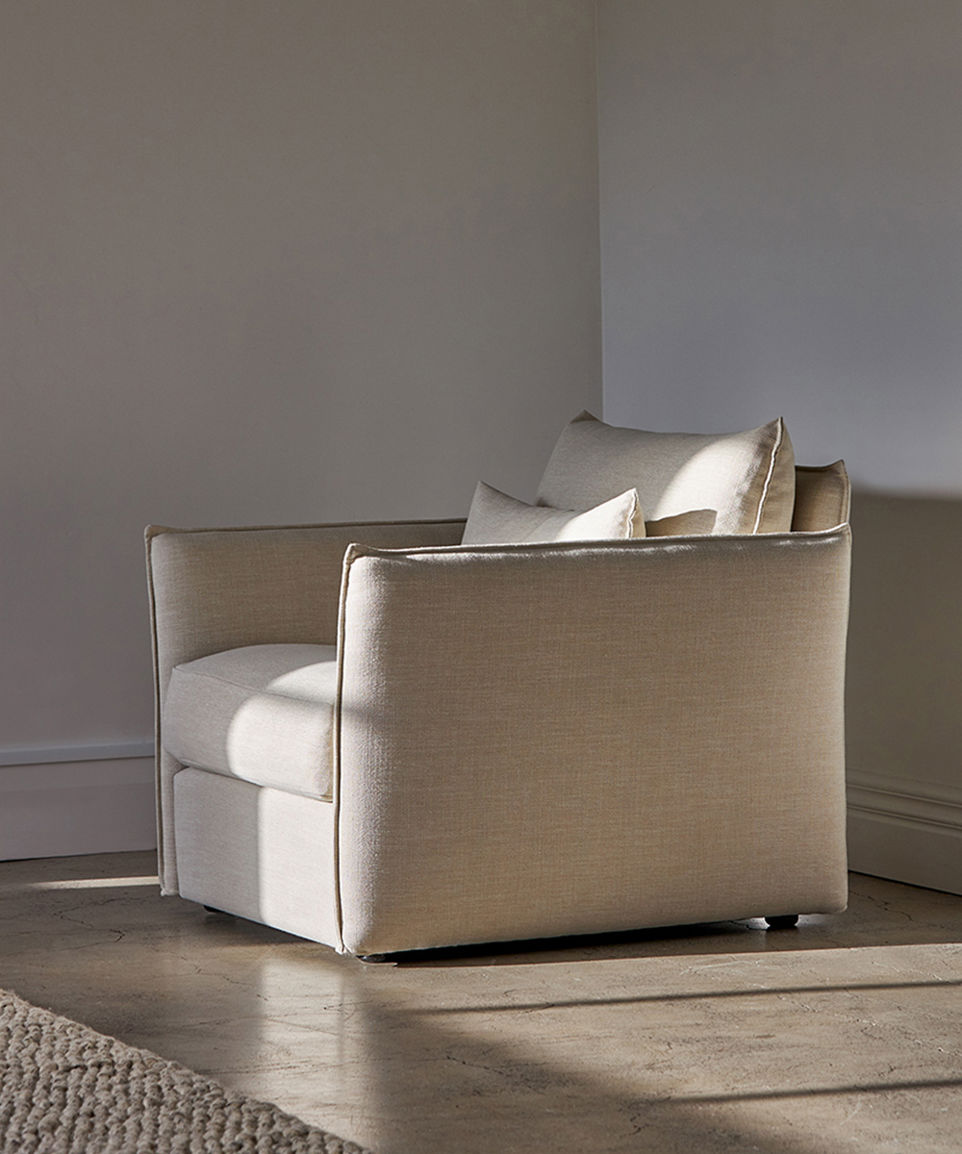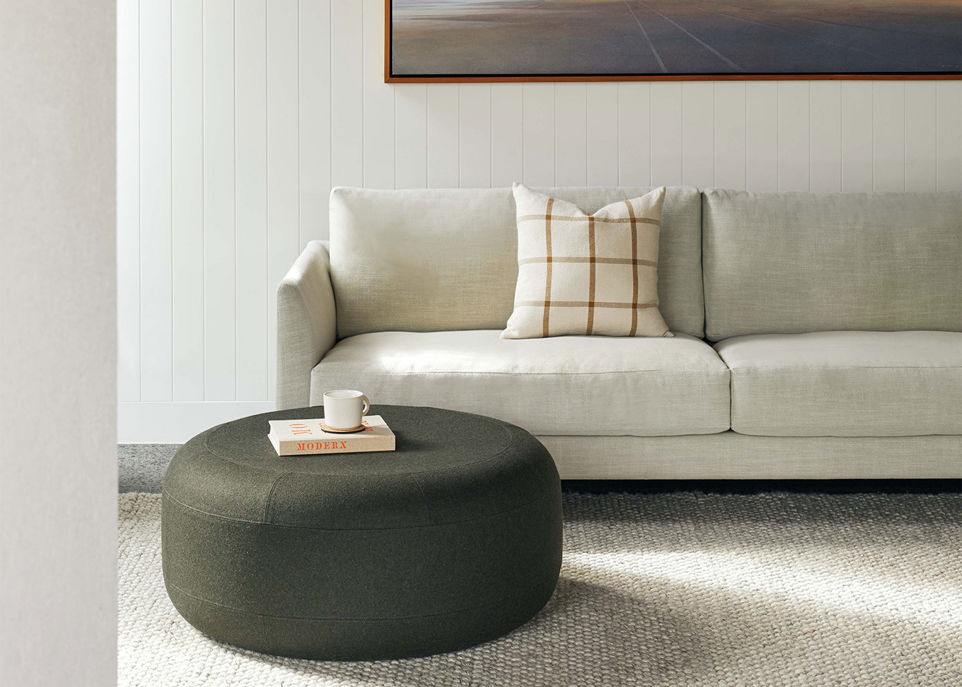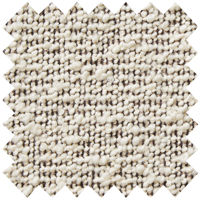



Fabric Upholstery
Upholstery fabric is produced by weaving, knitting or felting together cotton, nylon, wool, silk, or other threads.
Fabric consists of a weft (when the yarn goes across the width of the fabric) and a warp (when the yarn goes down the length of the loom).
Rub Count
The Martindale abrasion rub test is a measurement of the durability of fabric. This determines the amount of times discs can oscillate sandpaper or wool across the fabric before it starts to show distress.
Fabrics that fall into a rub count of 15,000 to 25,000 are recommended for domestic furniture in everyday use. A count of 25,000 to 30,000 rubs is suitable for heavy-duty domestic use and light hospitality use. Finally, a rub count of 30,000 to 40,000 will deem a fabric suitable for commercial environments.
Lightfastness
Lightfastness refers to the degree and duration that dye resists fading due to constant light exposure. This can determine the amount of time fabric sits in sunlight before it starts to fade in colour.
The Blue Wool Scale measures and calibrates the permanence of colouring dyes. The fabric is exposed to light and tested against a blue scale.
A rating of 1 indicates very extensive fading and therefore a very poor light fastness. In contrast, a grade of 8 indicates no fading and outstanding light fastness.
Flammability
The NFPA 260 test is a standard of the National Fire Protection Association (NFPA). This measures the burning properties, or fire resistance, of upholstered furniture that may be exposed to cigarette ignition.
The upholstery is classified according to two categories. The rating of class A or I is regarded as the most fire-resistant.
Caring for Fabric Upholstery
Protect fabric from direct sunlight. Vacuum regularly using an upholstery nozzle on low suction. Rotate reversible cushions regularly.
When arranging furniture, care should be taken to avoid touching external walls or radiators to prevent moisture build-up and/or scorching damage.
Take care to prevent sharp objects such as rings, buckles and pets’ claws from coming into contact with your furniture. This may cause snagging or tearing of the fabric.
Dab spills immediately with an absorbent, lint-free sponge or cloth. Start from the outer edge of the spill and work towards the centre to avoid creating a halo effect. For stubborn stains, the use of solvents may be necessary. It is essential to consult a specialist before using any solvent-based cleaning product.
Under no circumstances should cover fabric surfaces be rubbed vigorously.
Specific upholstery care instructions can be found on our suppliers’ websites. Visit James Dunlop here, Textilia here, and Warwick here.
